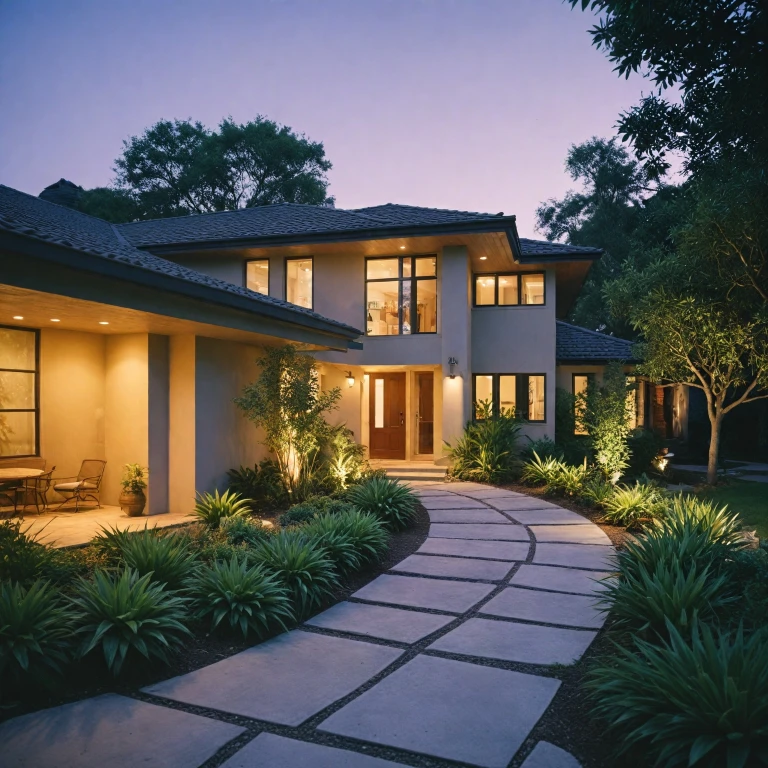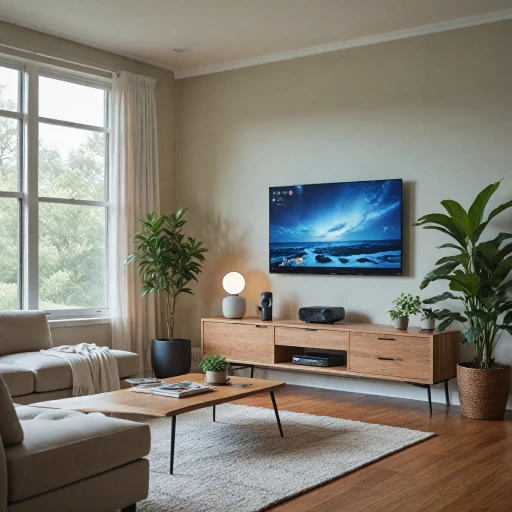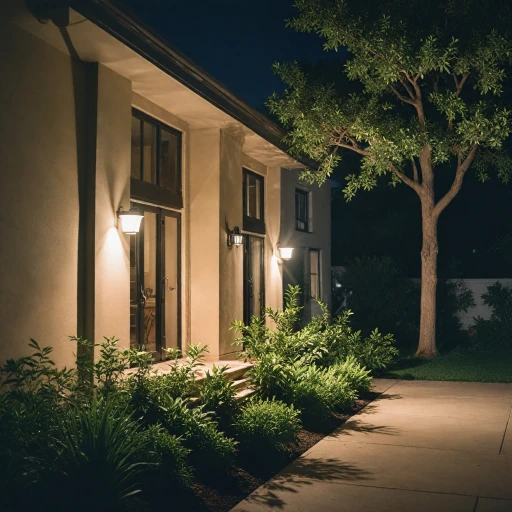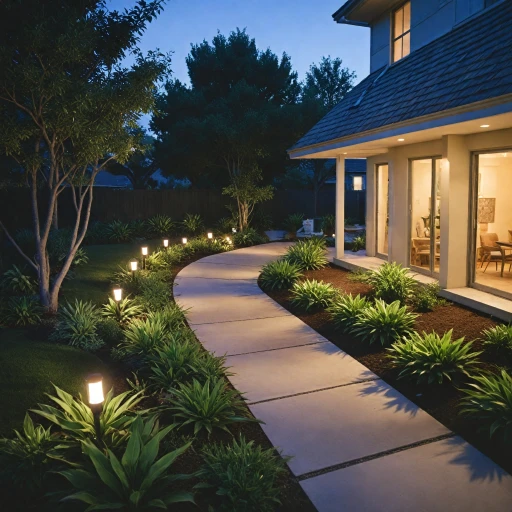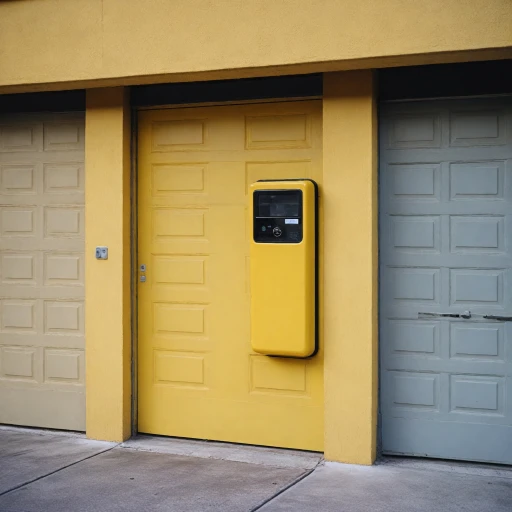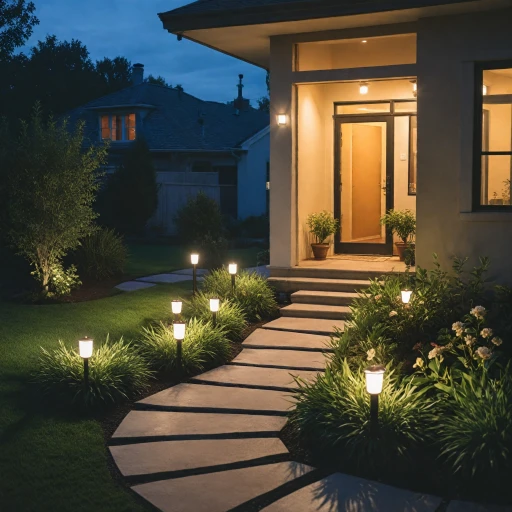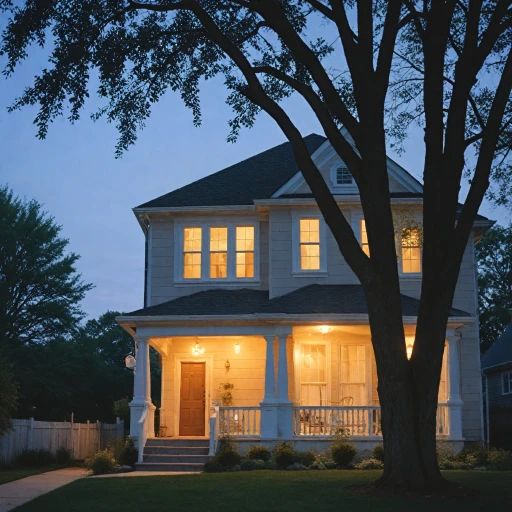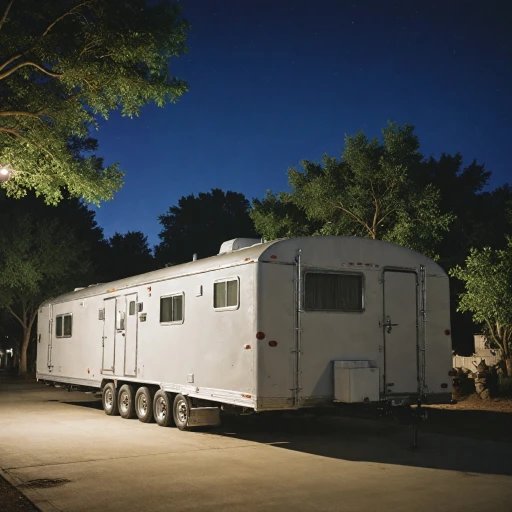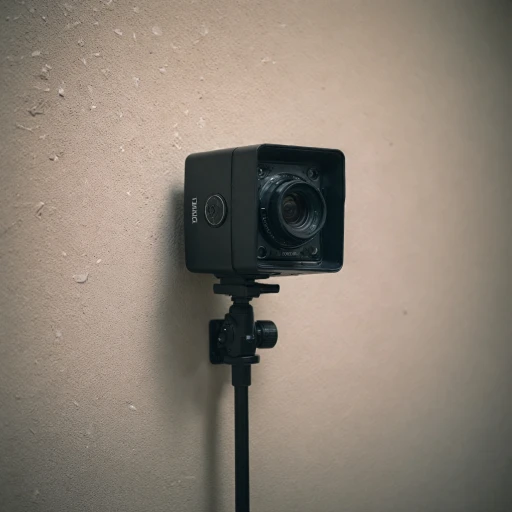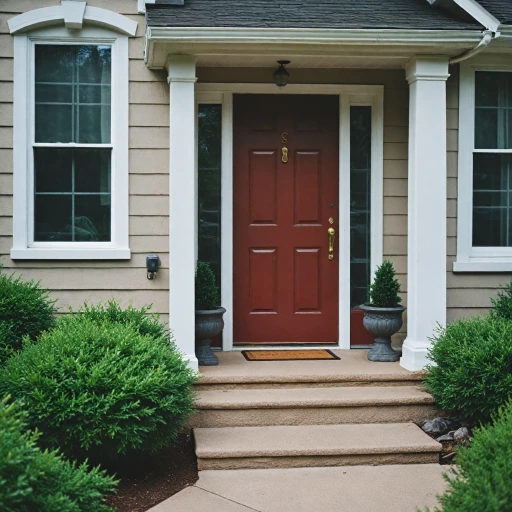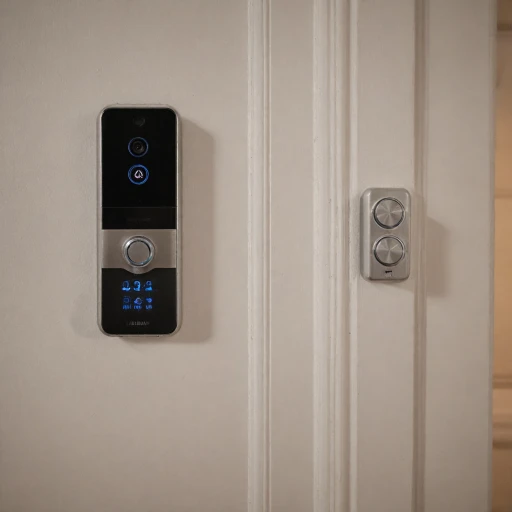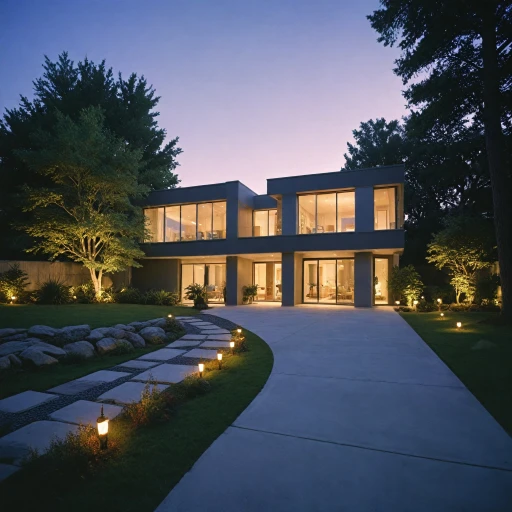
Understanding Motion-Activated Cameras
What are Motion-Activated Cameras?
Understanding the world of motion-activated cameras starts with knowing that these devices are designed to capture video footage whenever motion is detected in their field of view. Equipped with motion sensors, these security cameras are adept at distinguishing between regular movements and potential security threats, enhancing home security without continuous video surveillance.Key Features and Technologies
Modern motion-activated cameras come with a variety of features and technologies aimed at optimizing security. For instance, night vision capabilities ensure that your home remains protected even in complete darkness. Some cameras use advanced infrared lights to improve visibility during nighttime, which can be explored further in this blog post on enhancing home security with infrared lights for night vision. Other key features include:- Local and Cloud Storage: Options for storing recorded video footage either locally or via cloud services, depending on user preference and security needs.
- Battery-Powered Options: Many models offer the convenience of not needing a constant power supply, ideal for outdoor settings where wiring might be difficult.
- Smart Integrations: Integration with smart home systems for unified control and automated responses to detected motion.
Benefits of Motion Detection in Home Security
Maximizing Home Safety with Motion Sensing Technology
Understanding how motion detection enhances your home security cameras is crucial for making informed purchase decisions. Motion-activated cameras come equipped with motion sensors that can detect movement in their field of view. These sensors are key features in modern security devices, allowing for precise monitoring of surroundings. One major benefit of motion detection is the avoidance of continuous video recording, which can consume a lot of local storage or cloud storage. By only recording when motion is detected, these cameras can save both space and cost. This feature often brings down the regular price significantly as compared to paying the sale price for continuous recording options. Additionally, motion detection systems can be integrated into your smart security system. This ensures that when movement is detected, you receive alerts in real time, allowing you to respond swiftly to any unexpected activity. Smart security systems are particularly beneficial as they can seamlessly connect with other smart devices in your home. Outdoor cameras with motion sensing often come equipped with night vision capabilities, providing reliable security even in low-light conditions. Modern advances have seen the introduction of color night vision, enhancing the view you get from your security cameras at night. With systems like those offered by ADT and others, night vision becomes an indispensable part of your security setup. Motion-activated cameras provide both customization and adaptability. Whether you need a battery-powered device for remote locations or a hidden camera for discrete monitoring, there are solutions available to fit any need. Furthermore, models that offer a wide field of view ensure that motion(s) are detected comprehensively across the monitoring area. Investing in motion detection not only upgrades your security system but also adds value through enhanced peace of mind. For more insights on optimizing motion detection, consider reviewing resources on enhancing home security with infrared ir illuminators.Choosing the Right Motion-Activated Camera
Selecting the Best Camera for Your Requirements
Choosing the right motion-activated camera can significantly impact the effectiveness of your home security system. With a myriad of options available, it's important to focus on key features that align with your needs and preferences.
When examining security cameras, consider the type of motion detection technology being used. Some models employ advanced motion sensors or even thermal detection to reduce false alerts. The field view is another crucial factor; a wide view allows for comprehensive monitoring of outdoor and indoor spaces.
- Resolution: High-definition videos like 1080p or 4K provide clear, detailed images, which are vital for recognizing faces or license plates.
- Night Vision: Effective night vision, possibly with infrared lights, ensures visibility in low-light conditions.
- Power Source: Depending on the location and convenience, you might opt for battery-powered devices or those that require a wired connection.
- Storage: Decide between cloud storage or local storage solutions. Cloud options can offer greater peace of mind but might incur additional costs beyond the regular price.
Smart security features also add significant value, with some cameras supporting integrations with your entire system or smart home ecosystem. This connects with devices like Google Home for convenient access and control. For more on this, visit our guide on integrating your Tuya camera with the Google Home app.
A final consideration is the overall cost. Prices can vary greatly, with options available from budget-friendly to high-end. Assess features relative to the sale price or any discounts during a sale. Brands like ADT offer reliable security systems with comprehensive features.
Installation Tips for Optimal Coverage
Guide to Proper Motion-Activated Camera Installation
When installing motion-activated cameras for enhanced security, proper placement and setup are crucial for ensuring optimal coverage and effectiveness. Here’s a structured approach to help you get the most out of your security devices.- Map Out Key Areas: Identify strategic locations both indoors and outdoors where cameras can act as a deterrent and provide comprehensive coverage. Consider areas such as entryways, driveway, and large common spaces.
- Optimal Sensor Positioning: Position your motion sensors to cover wide angles and reduce blind spots. Adjust the field view for the sensors to capture any movement effectively, maximizing detection.
- Consider the Environment: For outdoor cameras, ensure they are weatherproofed and equipped with night vision capabilities. This is crucial for visibility during nighttime or in poor lighting conditions, utilizing technologies like color night vision if available.
- Installation Height: Mount cameras at a sufficient height to prevent tampering but low enough to capture clear video footage of necessary areas. An ideal height is typically between 8 to 10 feet above ground level.
- Wiring and Power Supply: Plan the wiring to prevent exposure and potential damage, or consider battery-powered options for locations with limited access to power sources.
- Calibrate Motion Sensitivity: Adjust the motion detection settings to minimize false alarms. Opt for cameras with adjustable sensors to fine-tune detection range and sensitivity according to the environment.
- Connect to Security System: Integrate your cameras with existing security systems for seamless real-time alerts and recording capabilities. Systems with cloud storage and local storage options ensure data preservation and retrieval.
- Test and Adjust: After installation, conduct thorough testing by simulating various movement scenarios to ensure motion detectors are responsive and the video feed is uninterrupted.
Integrating Cameras with Smart Home Systems
Bringing Intelligence into Play with Smart Home Integration
Integrating motion-activated security cameras with your smart home systems can elevate your home security to a whole new level of convenience and efficiency. Here's how you can maximize the potential of your security system:- Seamless Automation: Many smart security systems allow you to automate tasks based on motion detection. Imagine your camera detects movement at night and automatically turns on the outdoor lights, or sends an alert to your smartphone, ensuring that you stay informed in real-time.
- Centralized Control: By connecting cameras to a central hub, you can control various smart devices from a single app. This integration means you can view live video feeds, manage motion sensor settings, and even adjust your camera's field of view without juggling multiple apps.
- Voice Assistants Compatibility: Smart security cameras often support popular voice assistants. This means you can ask your assistant to show a live feed on your smart display or inquire about recent motion detections, adding a layer of convenience to your security system.
- Enhanced Notifications: With smart integration, notifications can be tailored to suit your needs. For instance, you could receive alerts not only when motion is detected but also when a specific area within the camera's view is breached, allowing for more precise monitoring.
- Efficiency in Energy Use: When integrated smartly, cameras can also contribute to energy efficiency by working in tandem with other smart home devices. For example, thermostats can be programmed to adjust when no motion is detected over a certain period, potentially reducing energy costs.
Addressing Privacy Concerns
Balancing Security and Privacy Concerns
In the realm of home security, privacy is a significant factor that homeowners must carefully manage, especially when employing motion-activated cameras. The very capabilities that make these cameras effective in deterring potential intrusions—such as wide field of view and comprehensive video surveillance—can also raise privacy concerns.
There are several steps you can take to address these concerns without compromising on security:
- Choice of Location: Ensure that cameras, whether outdoor or indoor, are positioned to avoid capturing unnecessary footage of neighbors or public spaces. This consideration will help you maintain good relations with those around you, while still benefiting from effective coverage.
- Notification Signs: Consider adding signs indicating the presence of a security system with cameras. This approach serves the dual purpose of deterring potential intruders and keeping visitors informed about the surveillance.
- Local vs. Cloud Storage: Weigh the privacy implications between local storage and cloud storage. While cloud storage offers ease of access and backup, local storage ensures that your video data remains within your direct control. It's important to consider the options based on your comfort level with third-party involvement.
- Regular Software Updates: Security systems, including cameras with motion detection, require regular updates to protect against new vulnerabilities. Regularly update camera software to ensure your devices are functioning optimally and securely.
- Configurable Motion Detection: Utilize adjustable motion sensors to limit recording only when precise, predefined parameters are met. This reduces unnecessary footage accumulation and potential privacy breaches.
The evolving landscape of smart security offers advanced technologies like motion sensors and night vision while offering solutions to mitigate privacy concerns. By implementing thoughtful strategies, you can maintain a security system that effectively safeguards your property without compromising personal privacy or that of your community.

